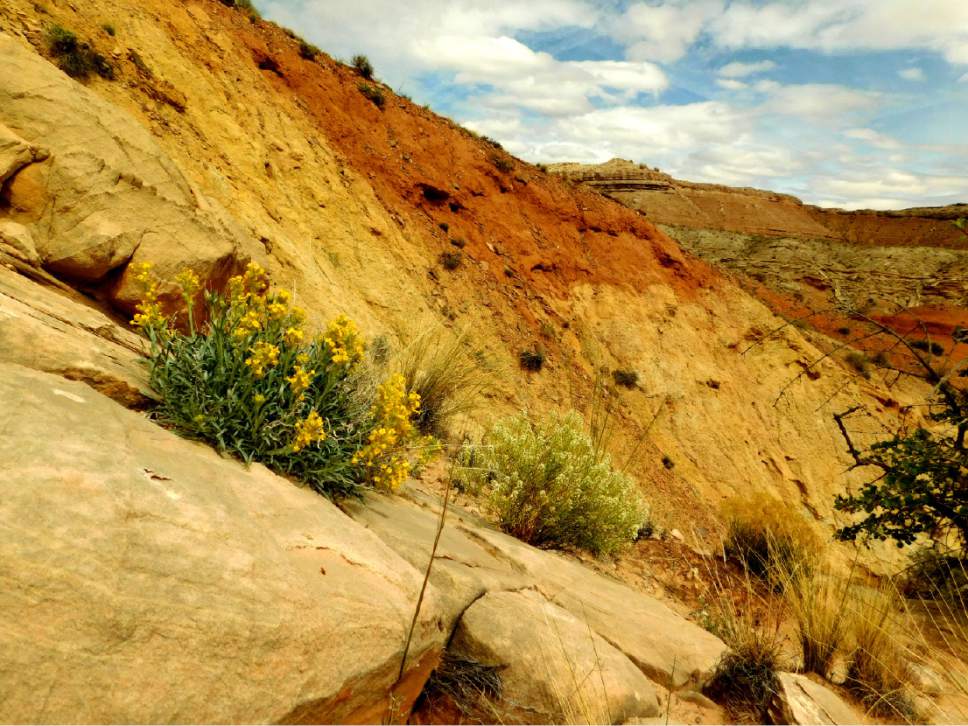This is an archived article that was published on sltrib.com in 2016, and information in the article may be outdated. It is provided only for personal research purposes and may not be reprinted.
The San Rafael Swell near Goblin Valley State Park is — dare we say it — worthy of a national monument.
That's not to say the president should declare one, but it is an acknowledgement that the Temple Mountain area of the Swell is one of the most spectacular areas in Utah's redrock country. It's also a nod to the fact that the area has been living on borrowed time and needs more protection.
As recreation grows throughout southern Utah, areas like Temple Mountain have seen the impact of visitors grow with it. New campsites and ATV trails continue to emerge, leading to a decline in the quality of landscape for those visiting. That is why an effort by the U.S. Bureau of Land Management to consider a new way of managing the Temple Mountain area is welcome.
And the direction BLM is headed should help get Utah political leaders' support — in large part because it could be the state and Emery County handling much of the federal-lands management.
The model is one county away near Moab. Created in 1995, the Sand Flats Recreation Area is home to the legendary Slickrock and Porcupine Rim mountain bike trails, as well as more than 40 miles of Jeep trails. It's situated between wilderness study areas, national parks and the LaSal Mountains, and it receives almost 150,000 visitors each year.
There are two aspects of Sand Flats that are pertinent to Temple Mountain. First, it is BLM land managed in a partnership with Grand County. Second, visitors must pay a fee that goes to maintain and improve recreational infrastructure.
At Temple Mountain, the partnership likely would include the Utah State Parks and Recreation Division, which is already a presence because of nearby Goblin Valley. State Parks rangers can provide much more physical oversight than is possible from BLM, whose field office is 100 miles away in Price.
And a fee structure similar to Sand Flats would provide revenue to mitigate environmental damage and build facilities to better manage the growing crowd.
The Southern Utah Wilderness Alliance is wary, largely because it has been pursuing a more comprehensive plan for the entire San Rafael Swell. BLM was supposed to have such a plan by now, but politics apparently has made a piecemeal approach, starting with Temple Mountain, more attractive. (Politics are unavoidable, but, piecemeal or not, wilderness protection must not become a lower priority with this plan.)
At its most extensive, the Temple Mountain plan could include a land swap that would make Goblin Valley a bigger state park and establish wilderness areas. That would take an act of Congress (and is part of the Bishop/Chaffetz Public Lands Initiative bill). But much of the cooperative management and fee structure could happen without Congress.
It's worth exploring. A better — and better funded — system for managing Temple Mountain could indeed be monumental.



